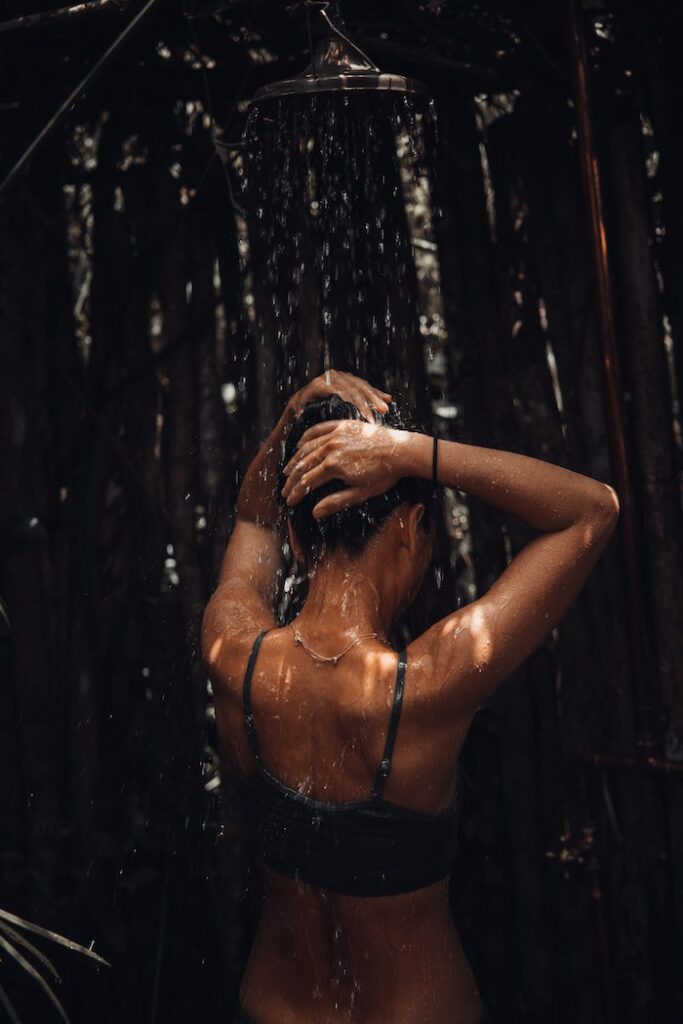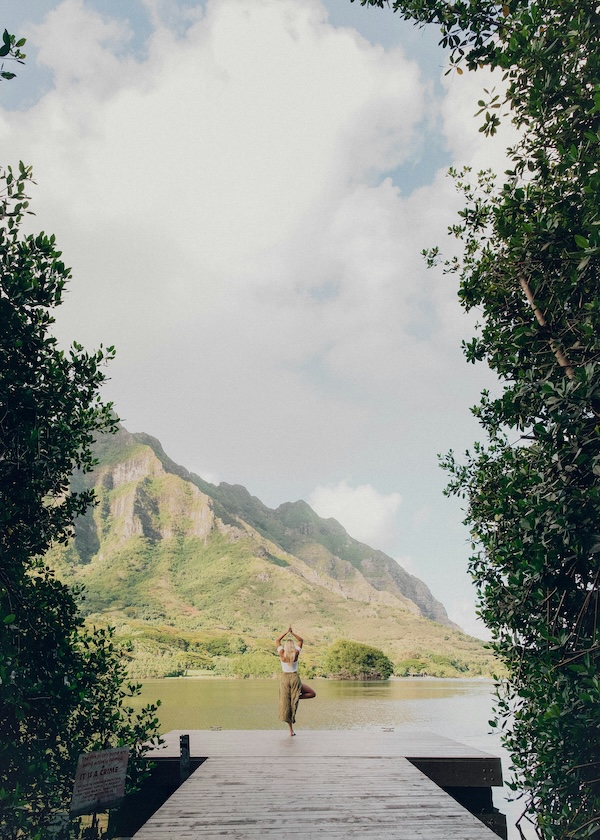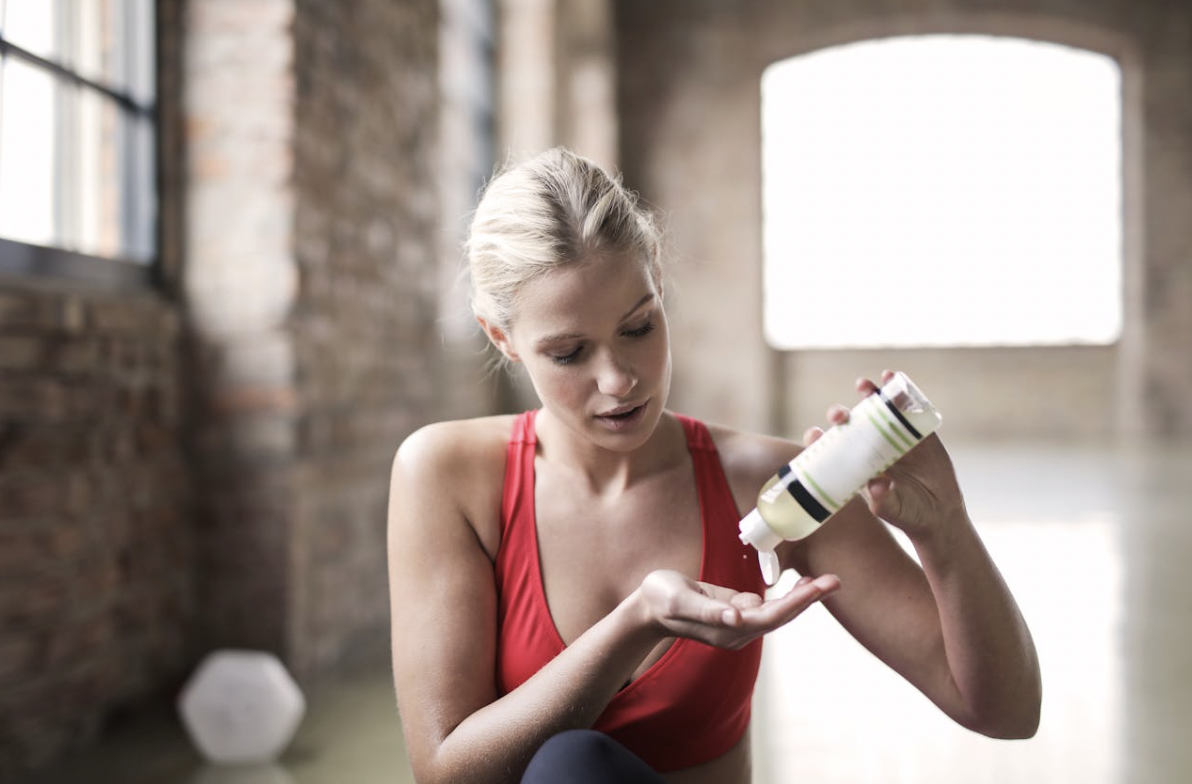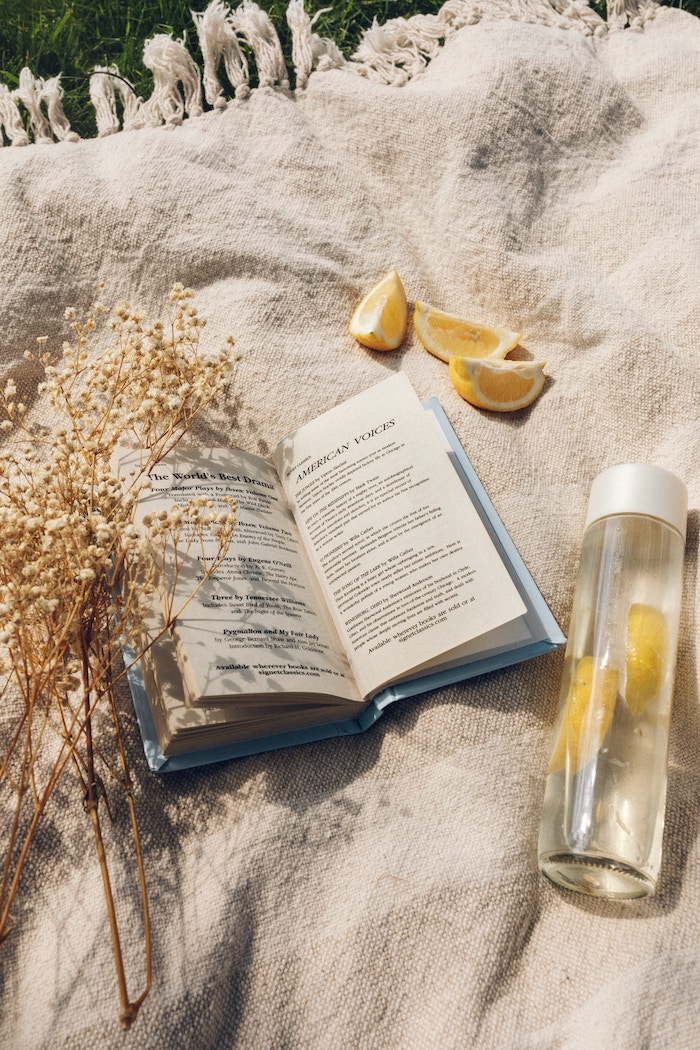
All over the world people are plunging themselves into icy seas, climbing into ice baths or standing under freezing cold showers for extended periods. Sounds crazy right? Most of the time we’re trying to escape the cold… what’s up with this new trend of cold exposure? And is it as new as we might think?
In this guide, we’re exploring the benefits of cold exposure, whether or not it’s actually good for you and some tips to help you start doing cold exposure safely in your life.
Cold exposure refers to the practice of exposing your body to low temperatures, usually by submerging in cold water or air. It’s a popular trend that’s taken off in the last few years, but people have been doing cold exposure for generations. Since we’re all about breaking down emerging trends to weed the ‘good for you’ from the ‘popularized by social media’, we thought it was high time to talk to you about cold exposure or cold plunges.
Cold exposure introduces a good stress, called ‘eustress’, to the body. Eustress helps your body to better adapt to bad stress or ‘distress’ that can be caused by inadequate sleep, emotional stress, chronic disease, etc.
If you start doing any research around cold exposure, you’re very quickly going to be introduced to a man called Wim Hof, also known as ‘The Iceman’. He became famous for the skill he has developed in handling extreme cold, and the array of benefits this has created in his autonomic nervous system.
That being said, I found an extensive research article by James Mercer, at UiT The Arctic University of Norway. He did a comprehensive study with his team on the “Health effects of voluntary exposure to cold water” which he stated was a continuing subject of debate. We’re going to plunge into his research findings to explore some of the common claimed benefits of cold exposure!
Ready? Let’s plunge in!
Health benefits of cold exposure
Does Cold Exposure boost the immune system?
Now, I’m going to share something more controversial around cold exposure. The benefits of cold exposure on our immune systems…
From what I’ve found, there’s actually not enough research to say whether it does or doesn’t. There’s research to show that prolonged exposure to cold is more harmful to the immune system but this article also states, “To date, there has been minimal research examining how cold exposure affects immune function in humans.”
It would seem that every scientific article I’ve read so far has stated that not enough research has been done on the subject of our immune systems and cold exposure. That being said, we’re going to leave this benefit as a question mark.
Other benefits of Cold Exposure or ‘Polar Plunges’
Cold exposure can increase blood flow and circulation, which can help with recovery after exercise, reduce muscle soreness and stiffness and improve your overall cardiovascular health. I’ve seen some other studies show solid evidence that cold-water swimmers often experience significant improvements in overall cardiovascular health.
Decreases inflammation: Cold exposure has been shown to decrease inflammation in the body, which can help with conditions such as arthritis and other inflammatory diseases. It also boosts BAT’s production of adiponectin, a protein that helps protect against insulin resistance, diabetes and other diseases.
Promotes better sleep: Cold exposure has been shown to promote better sleep by regulating the production of hormones such as melatonin and cortisol, which are responsible for regulating sleep patterns.
Improves mood: Winter-weather swimmers often describe feeling “joyful” in the water, suggesting the practice has “a positive effect on mental health and brain development.” Mercer says that he’s never met a cold water swimmer that doesn’t swear by the practice.
It is important to note that cold exposure should be done gradually and with caution, especially for individuals with certain health conditions or those who are not used to cold temperatures. It is always best to consult with a doctor before starting any new health or fitness routine.
Now I’m going to share some tips to get started, if this is something that you’d like to try in your own life.
Like this post?
Sign up for our weekly newsletter and we’ll send you more awesome posts like this!
Tips for getting started
Start Gradually
Cold exposure can be a shock to the body if done too suddenly, so it is important to start gradually and build up to longer and more intense sessions over time. Start with short cold showers or baths, and gradually increase the length and temperature over time.
Listen to Your Body
Your body will give you signals when it is time to stop or take a break. If you feel dizzy, lightheaded, or experience any other discomfort, it is best to stop and take a break. Pay attention to your body and never push yourself too hard.
Warm Up Properly
Before starting a cold exposure or cold plunge session, it is important to warm up properly. This can include light exercises such as stretching or jogging, to increase blood flow and prepare your body for the cold exposure.
Wear Appropriate Clothing
When doing cold exposure, it is important to wear appropriate clothing that will help keep you warm and protected from the elements. This can include a wetsuit, thermal underwear, or a warm hat, gloves and swim booties.
Gradually Increase the Intensity
As you become more comfortable with cold exposure, you can gradually increase the intensity of your sessions. This can include longer sessions or colder temperatures, but it is important to do so slowly and listen to your body.
Know Your Limits
Everyone has different limits when it comes to cold exposure, and it is important to know yours. Some people may be able to tolerate longer or colder sessions, while others may need to stop after just a few minutes. It is important to find what works best for you and never push yourself too hard.
Stay Hydrated
Cold exposure can cause dehydration, so it is important to stay hydrated before, during, and after your session. Drink plenty of water and avoid alcohol or caffeine, which can further dehydrate your body.
Consult with a Doctor
If you have any health conditions or take any medications, it is important to consult with a doctor before starting a cold exposure routine. Some conditions or medications can make cold exposure dangerous, and a doctor will be able to advise you on the best course of action.
Use Proper Technique
When doing cold exposure, it is important to use proper technique to avoid injury or harm. This can include proper breathing techniques, such as slow, deep breaths, and avoiding sudden movements or thrashing in the water.
Have a Plan
Finally, it is important to have a plan for what to do in case of an emergency. This can include having a phone or other means of communication nearby or always plunging with a friend.
Cold exposure can be a powerful tool for promoting health and well-being, but it is important to do it safely and effectively. It can have a wide range of benefits for your health and wellbeing, but one conclusion from Mercer’s research that I found interesting was when he stated: “Cold-water swimmers may be “naturally healthier” as a group and tend to live active lifestyles. They experience positive social interactions from such activities, have learned how to handle stress (often through meditation, breathing techniques and mindfulness practices), eat healthy foods and demonstrate “a positive mindset”.
I would conclude, that like many trends, a practice like cold exposure should be added to your lifestyle and routine along with eating right, meditating, exercising regularly and generally taking better care of yourself.
If you’re looking to get started with cold exposure, remember to start slowly, consult your doctor, know your limits and plunge with a friend!
And if you need a reminder to add it into your routine, why not grab a habit tracker to hold yourself accountable and track your progress?






+ show Comments
- Hide Comments
add a comment